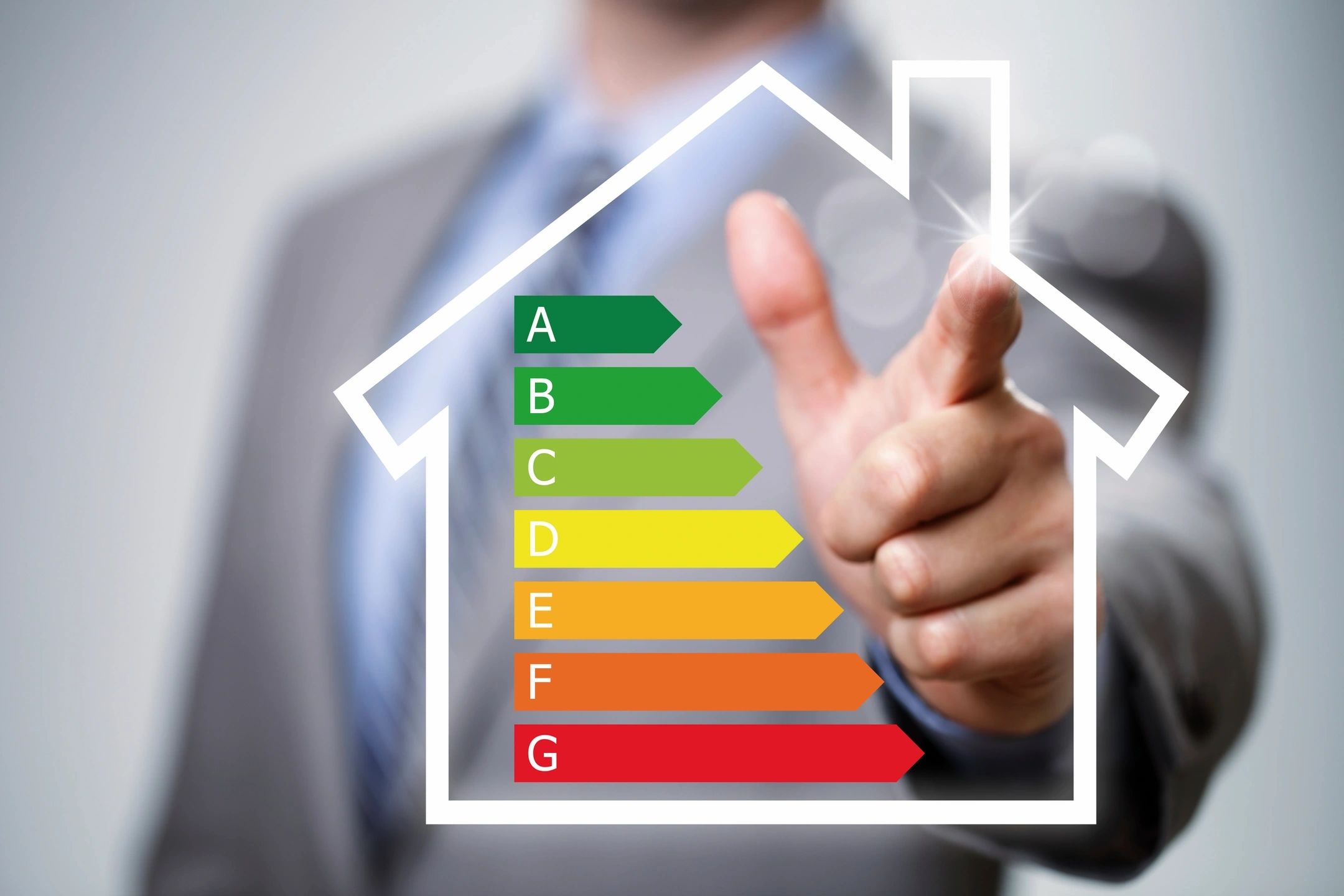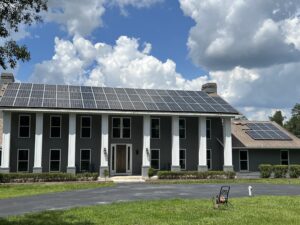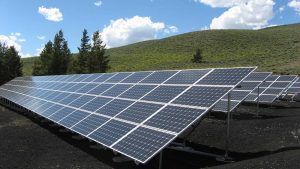Energy bills of your home on a record-high?
Well, nobody likes escalating energy charges, which is why it’s time you conduct a home energy audit.
The best way to determine if your home is losing energy and where you can save it is via a professional home energy audit. However, you can even do a home energy audit yourself with a simple walk-through to spot problems. This do-it-yourself home energy assessment is a free home energy audit to pinpoint areas you must address. Maintain an energy audit checklist of places you’ve inspected, issues you’ve encountered, and how you suggest energy-efficient upgrades. Remember, irrespective of whether your home is newly constructed or old, there are several opportunities to save energy.
The following are some steps you can follow while conducting your home energy audit.
Locate air leaks:
Did you know, potential savings from air drafts can make a 10-20% difference to your energy bills? Therefore, list all the obvious air leaks, check gaps along the edge of the flooring, wall junctures and the ceiling. Also, check for air leaks outside your homes, especially where two structures meet. Other places to check for leakages are windows, doors, lighting, plumbing fixtures, electrical switches and outlets. If you have an open fireplace, check for dampers.
Evaluate the ventilation in your home:
When sealing air leaks, you must be wary of the dangers of indoor air pollution from burning fireplaces and combustible appliances. An exhaust fan may pull combustible gases into the living space and increase the carbon monoxide levels indoors, creating a dangerous environment. Check for ventilation in your homes, and when in doubt, connect with your local energy utility company like Midwest Solars.
Check for insulation levels:
Heat loss through floors, ceilings and walls in your home contributes significantly to your home energy audit bill. When your house was built, the builder installed the relevant and recommended insulation at that time. However, today as per the prices and level of insulation required, it might be inadequate. Check the insulation level in the attic and determine whether openings for items like pipes, ductwork, and chimneys are sealed or not. See if there is a vapour barrier under the insulation space.
Inspect heating and cooling equipment:
Generally, you must check the heating and cooling equipment annually. Suppose you have an air furnace check the filters, and replace them if necessary. If the unit is more than a decade old, replace it with newer, energy-efficient ones. A new unit will significantly reduce your energy consumption in the electricity audit calculator. Check for dirt streaks, especially near the seams.
At Midwest Solars, we offer an affordable professional home assessment and come up with solutions to drastically reduce your energy bills. Contact us for a free consultation.




